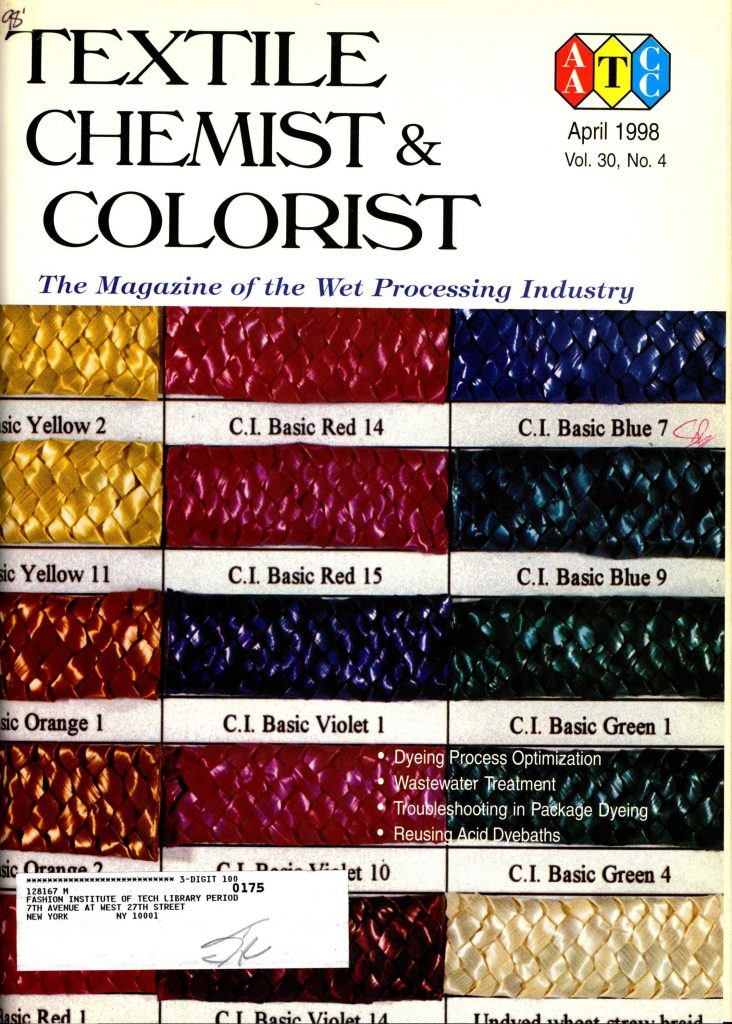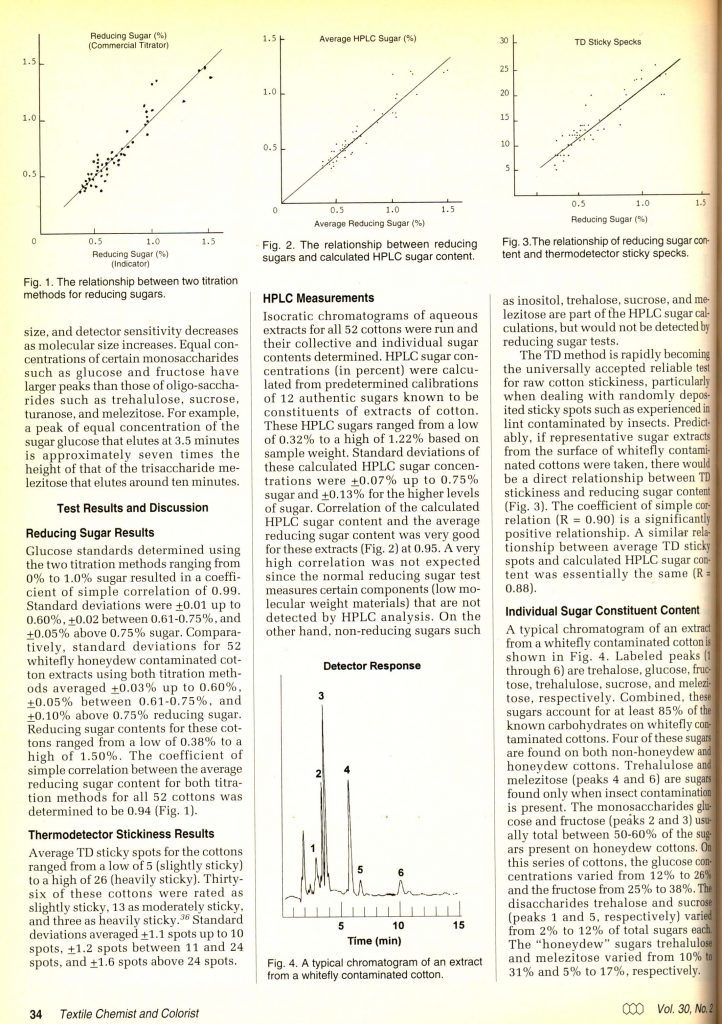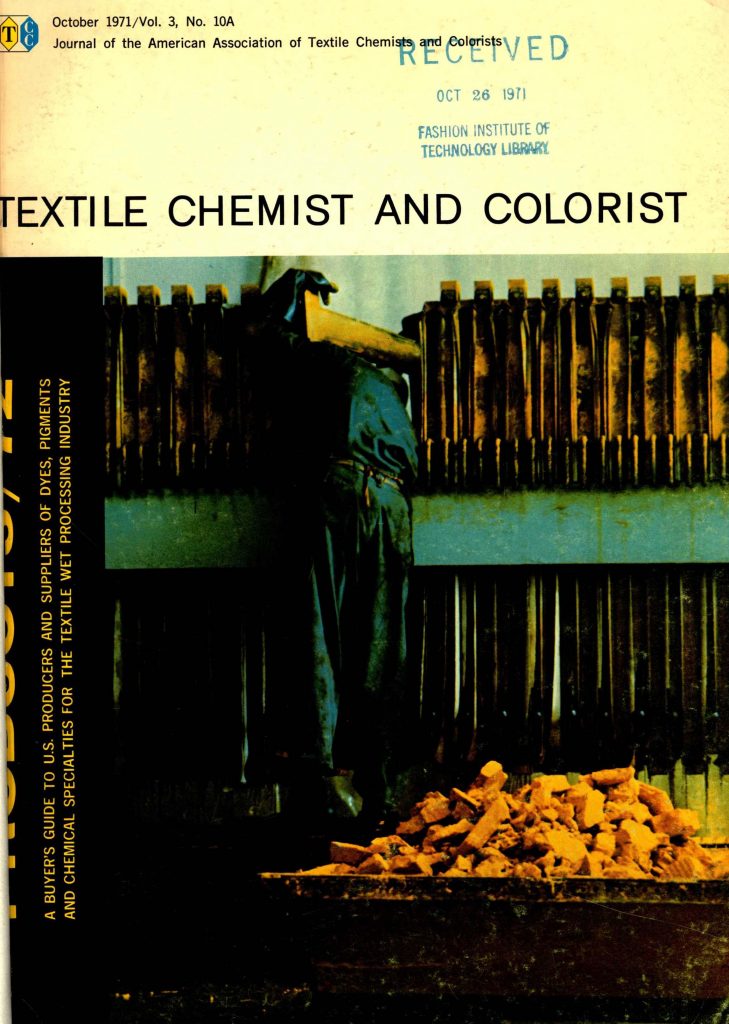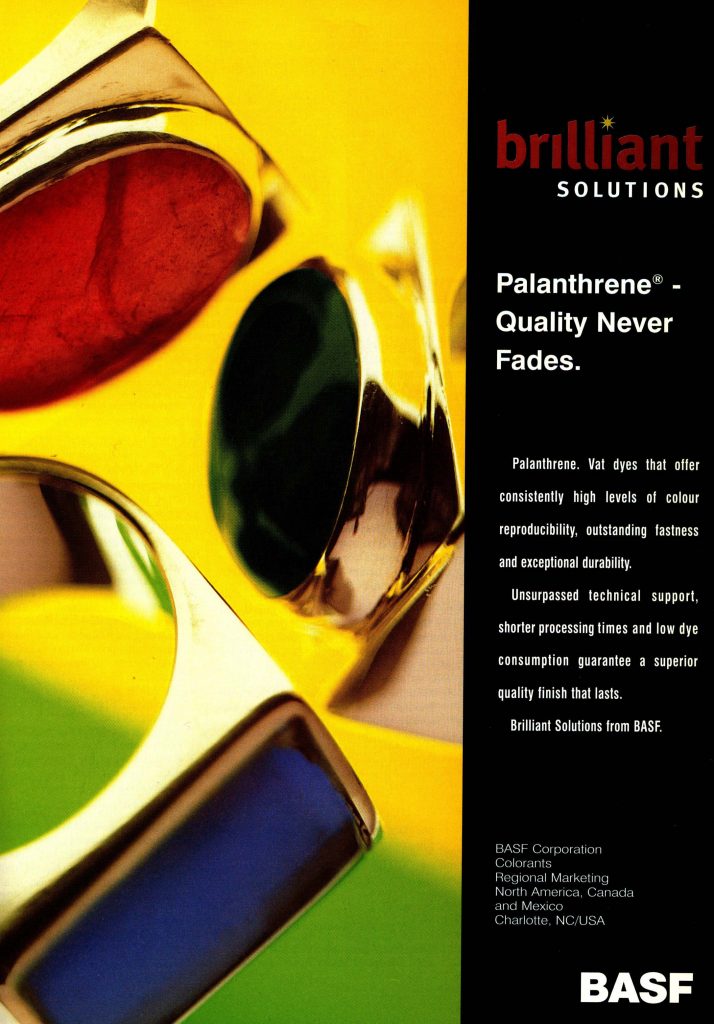Hi, everyone!

This week we have a seriously nerdy tech example, Textile Chemist & Colorist. This trade publication was first published in January 1969. It is the official magazine of the American Association of Textile Chemists & Colorists, whose offices are in Research Triangle Park, North Carolina.

The association (AATCC) started life in 1921, as a testing organization to assist America’s textile-dyeing industry. During World War I, the blockade on American shipping made it difficult for textile producers to get sophisticated European dyes. American dye producers weren’t able to manufacture dyes with the color-fastness and consistency of the European products. The AATCC applied chemical engineering development methods to improve American textile industrial production.

The organization was founded by Louis Olney, an engineer and professor at the Lowell Textile School in Lowell, Massachusetts. While the AATCC’s original focus was on developing better dyestuffs for American textiles, the rise of lab-made synthetic fibers such as nylon (patented in 1931), modacrylic (1949), and polyester (1953) seemed tailor-made for the organization’s expertise.

Man made fibers were soon central to the publication, and the first issue in 1969 featured a hand-drawn (i.e. pulled) microfilament of polypropylene, another new fiber. By 1989, the organization labeled its publication as “the Magazine of the Wet Processing Industry”. (Wet processing refers to any wet chemical process applied to a textile that involves chemical action upon it, such as dyeing, bleaching, or printing.)

In 1999, the AATCC purchased the competing magazine, American Dyestuff Reporter and merged the two titles into the awkward Textile Chemist and Colorist & American Dyestuff Reporter. A year later, they renamed the resulting title with its current name, AATCC Review. By the late 2000s the organization expanded its testing training facilities to India, China, and Peru.
Come take a look!